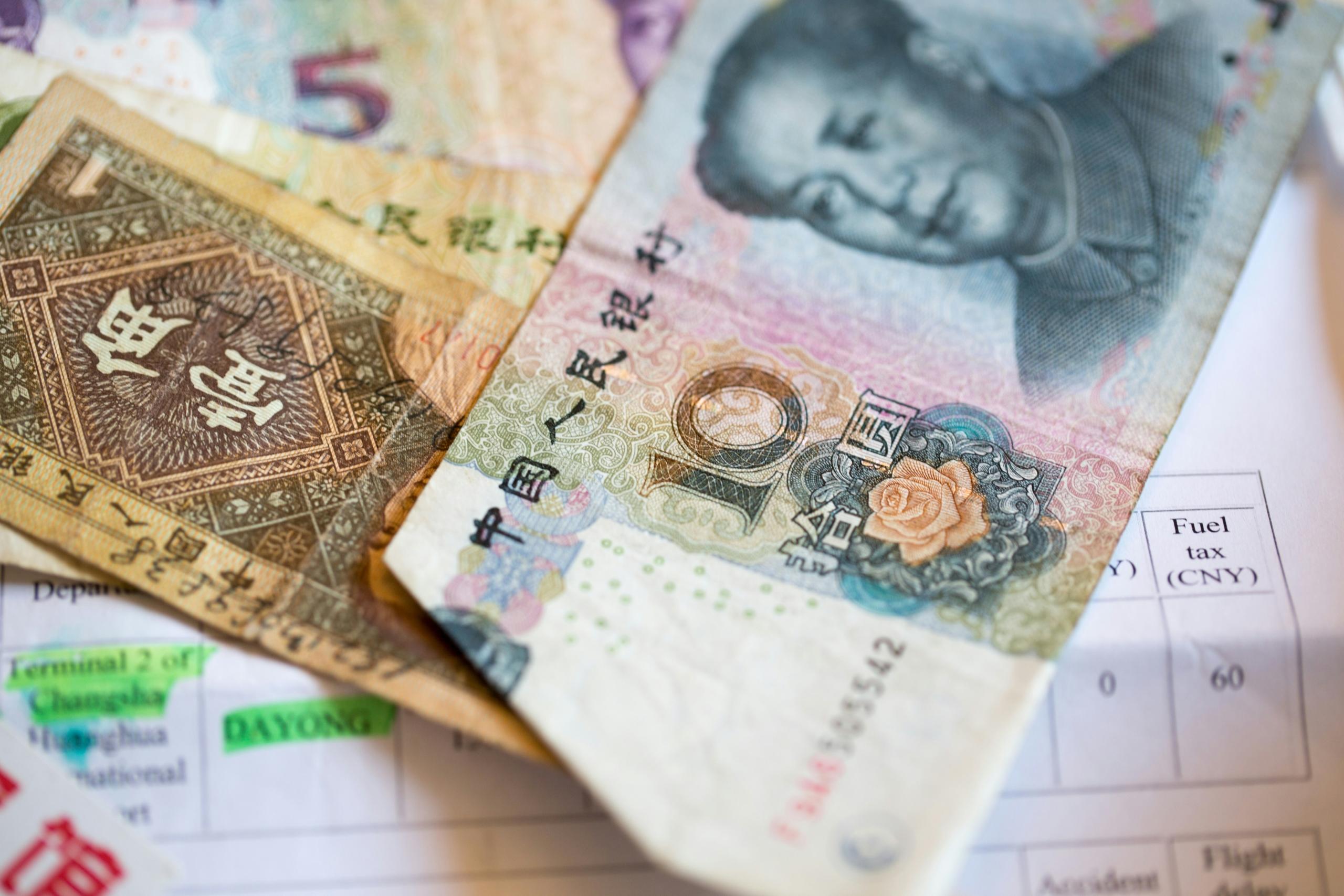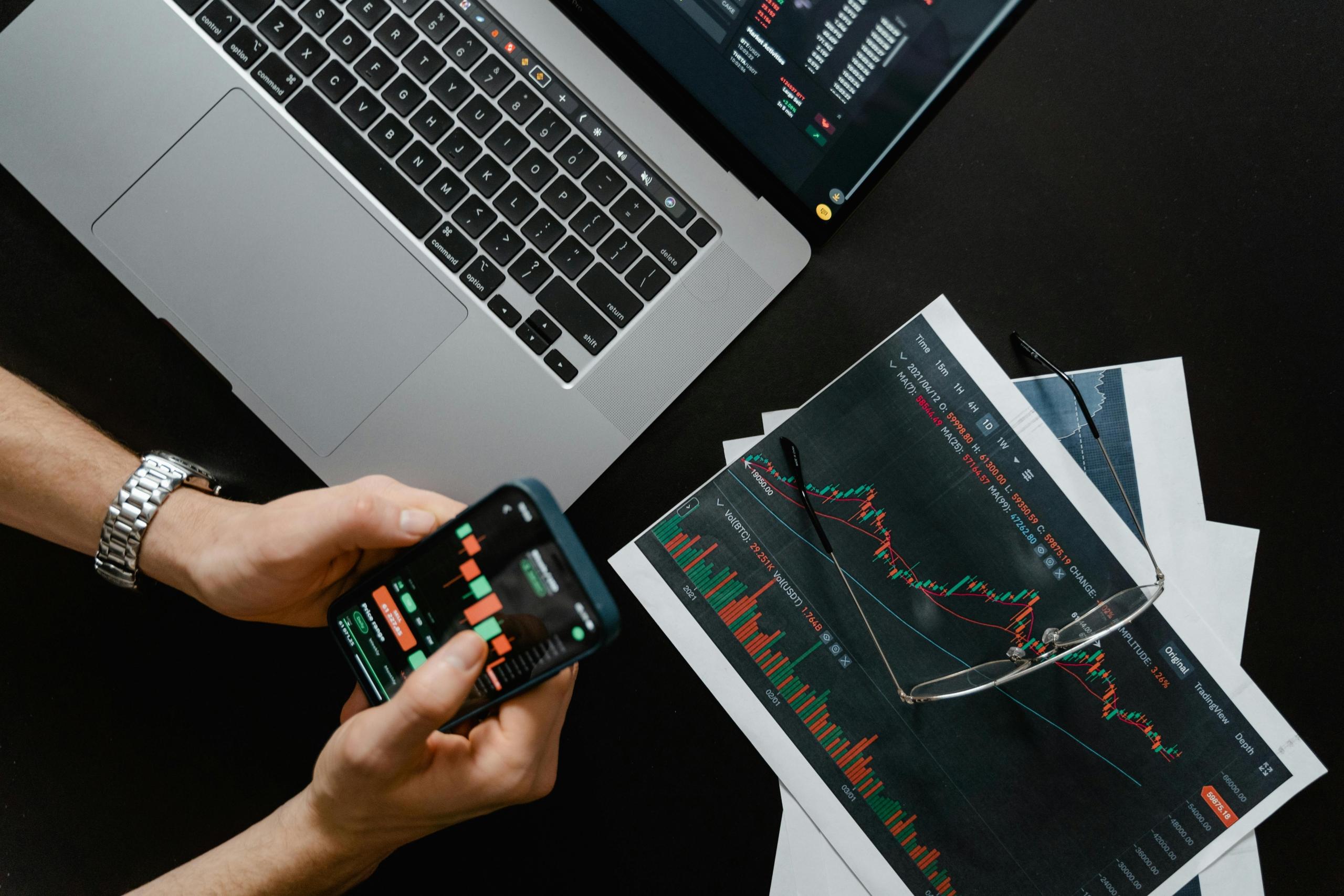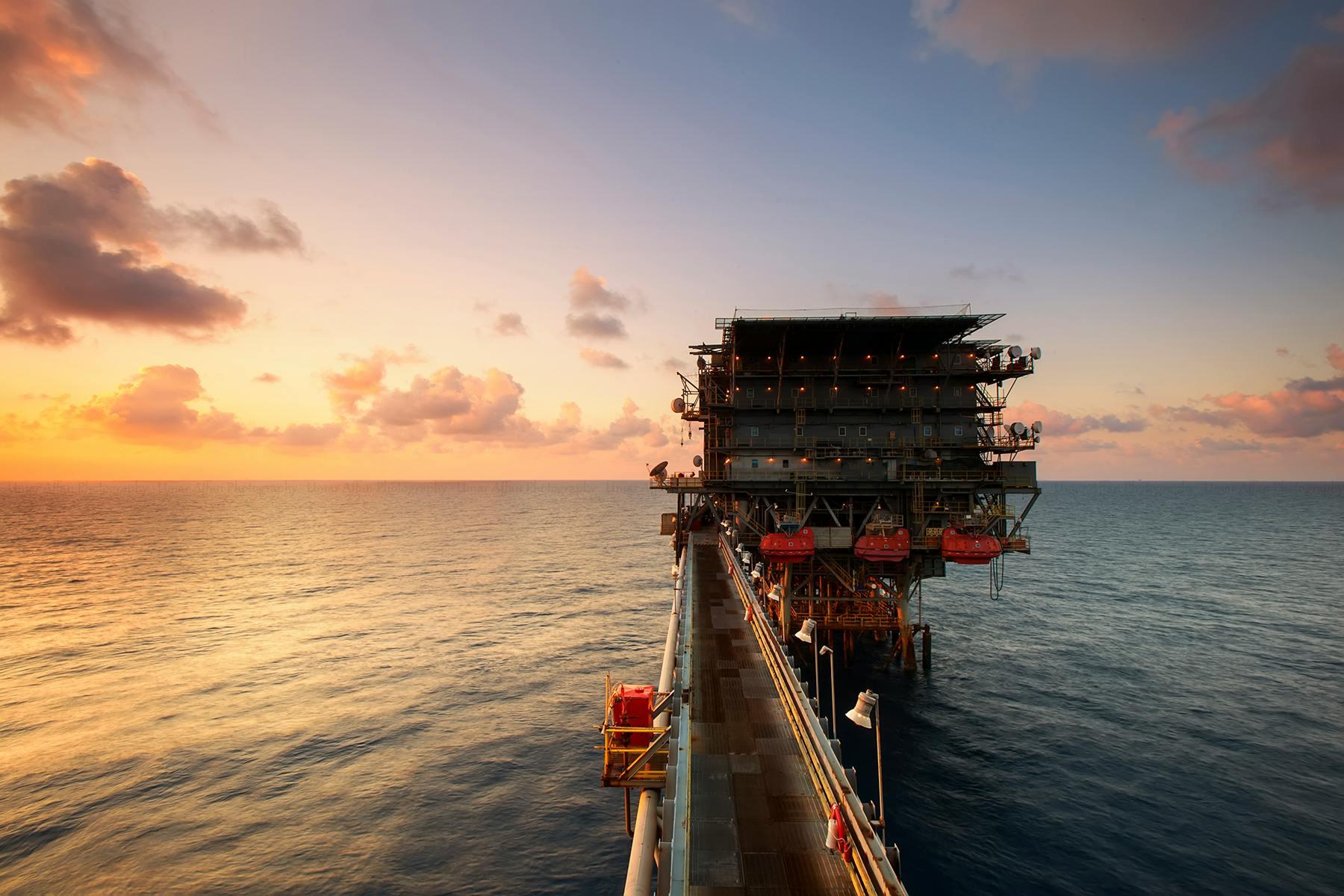What This Article Covers
We will gradually uncover the core of the global energy markets by examining:
- Historical events that have shaped contemporary economic norms.
- The significance of global commodities markets.
- The two nations presently influencing global economic norms.
- A comparative analysis of petroyuan and petrodollars.
- Who benefits from petrodollar dominance.
- Petrodollars and the world economy.
When we utilise our money, we typically do not contemplate its origin beyond understanding how it found its way into our pockets and bank accounts. In reality, we are not directly spending money; we are handling currency, which comprises coins and bills that serve as a medium of exchange. The fundamental distinction lies in the fact that money possesses an assessed value and currency, represented by the coins and bills we use for transactions, carries an assigned value.
For instance, a R100 banknote is valued at one hundred rand solely because there is agreement over what it is worth. This enables you to purchase goods or services amounting to R10, but the banknote itself holds no intrinsic value on its own.
Currently, the majority of the world's currencies are fiat currencies. This means that governments issue these currencies, but the value of the bills and coins is not linked to any tangible asset.
Understanding the evolution of this system and its impact on the global economy forms one facet of today's narrative. We also aim to delve into two of the planet's most valuable commodities: oil and gold. This exploration will eventually lead us to a discussion about petrodollars and petroyuan.

The Petrodollar and the World Economy: Original Set Up
The modern global economy, as we know it today, has a relatively short history of around 80 years. In 1944, during the closing stages of the Second World War, a gathering of delegates from 44 allied nations took place in the United States (US). The US, being the only nation untouched by the ravages of war and not under attack, served as the logical meeting point, despite the challenges posed by long-distance travel.
In a related article, we have explored the Bretton Woods Conference in detail. Here, we will briefly mention that the US achieved significant advantages during this conference. As a result of the war and the Bretton Woods Conference, both the World Bank and the International Monetary Fund (IMF) established their headquarters in New York City, and the US dollar assumed the status of the world's reserve currency, essentially by default.
During the Bretton Woods Conference, US representatives proposed a system where every dollar would be backed by gold, with the value of the dollar fixed at $35 per ounce of gold. In principle, anyone holding dollars could exchange them for gold. After the war, the US and European powers established an arrangement known as the London Gold Pool to maintain stability in gold prices. However, this agreement only lasted for less than two decades.
By 1967, Western European powers began to harbour suspicions about US intentions. Events such as the US involvement in the Vietnam War and civil rights movements created economic instability in the US. Other nations became concerned that their holdings of dollars might soon lose their value. This prompted a 'run on gold' that eventually led to the dissolution of the London Gold Pool.
Four years later, in 1971, US President Nixon took the unilateral decision to abandon the gold standard. At that pivotal moment, every currency pegged to the dollar transitioned into a fiat currency. Since then, countries have relied on a floating exchange rate system to determine the value of their currencies, wherein a currency's worth is influenced by developments in foreign markets.
The Economic Impact of the Commodities Market
Despite the significant event known as the 1971 Nixon Shock, the US dollar maintained its dominant position in global trade and the pricing of commodities.
This enduring supremacy can be attributed to the fact that nearly every nation held reserves in dollars, and the international business community had become accustomed to conducting transactions in this currency.
Even today, people across the globe commonly refer to a "billion-dollar industry," despite each country having its own currency.

However, countries worldwide have gradually accumulated substantial cash reserves denominated in their respective national currencies.
So, why haven't we seen a shift towards trading in Euros, Pesos, or Rials?
One reason is the complexity of pegging the value of commodities to individual currencies.
Additionally, envision the challenges that would arise for countries like Saudi Arabia or Iran if they had to accommodate every nation purchasing oil in their own currency.
It is plausible to extend the practice of using a single currency to all commodity markets. Across the world, nations engage in transactions involving grain, agricultural products, raw materials, precious metals, and various forms of energy, ranging from electricity to fossil fuels like coal and petroleum. These transactions collectively account for up to 3% of the global gross domestic product (GDP).
Prior to 1947, the year when international trade was standardised, countries negotiated among themselves to determine the value of a commodity and the payment methods for it. The General Agreement on Tariffs and Trade (GATT) laid down the foundational principles of international trade during this period. GATT later evolved into the World Trade Organization in 1995. Notably, GATT was distinct from the Bretton Woods Agreement, despite occurring around the same time.
This unified trade framework gave rise to commodity markets, where the value of a good is assessed based on factors such as its availability in the market and the prices nations are willing to offer for it. In much the same way that we no longer need to visit individual butchers, bakers, and greengrocers for our weekly shopping, commodity markets operate on a similar principle to streamline the process.
While it was relatively straightforward to speculate on prices when the US dollar-dominated global trade, a new currency is emerging on the scene, gradually eroding the dollar's supremacy. This shift raises questions about the potential implications for global energy markets as well as the future of the petrodollar and the world economy.
How the Petroyuan and Petrodollars Link to Powerful Countries
Who benefits from petrodollar strength?
For the past eight decades, the United States has held the position of the world's dominant economic powerhouse, even in the face of challenges like the Nixon Shock, multiple conflicts, and numerous banking crises. The global economic turmoil triggered by the 2008 financial system collapse in the United States not only shook nations worldwide but also eroded trust among trading partners, who had already been somewhat cautious since 1967.

Two key factors have contributed to the resilience of the US economy during this period. Firstly, the US dollar has served as the world's primary reserve currency, and secondly, nations typically conducted international trade using the dollar. Additionally, the concept of the petrodollar and the world economy, where dollars were used to purchase oil, held sway in energy markets for quite some time—though not without change.
According to certain economists, China has accomplished an economic marvel in recent years. Over the past three decades, China has heavily invested in infrastructure and education, resulting in an average annual GDP growth rate of 6%. This once-developing nation has now surpassed the historically dominant US economy in terms of purchasing power signalling a significant shift in the global economic landscape.
| Country | United States of America | China |
|---|---|---|
| Economy Type | debt-based | asset-backed economy |
| Currency Type | fiat | gold-backed currency |
| GDP (IMF estimates, 2023) | $26,855 trillion | $33,015 trillion |
| Debt-to-GDP ratio (2023) | 129% | 76.9% |
| Inflation rate (2023) | 8.05% | 2.17% |
Source: Wise Voter
In 2013, China introduced the Shanghai International Energy Exchange (INE). Five years later, INE unveiled a crude oil futures contract, denominated in Chinese yuan, but by 2018, global reluctance to hold yuan hindered its potential.
The Financial Times reported in 2022 that China was among the world's largest gold purchasers, driven by President Xi Jinping's discussions with the Gulf Cooperation Council (GCC), major oil exporters, to bolster trade ties. China as GCC's prime customer (25% of oil imports from Saudi Arabia), trading in a mutually beneficial currency, bolstered by gold, secures the yuan's stability. Some perceive this as a challenge to petrodollars and the world economy even though global economic diversity allows multiple currencies in oil markets.
Is it becoming easier to understand who benefits from petrodollar dominance?
The Petrodollars and Petroyuan Choice
Undoubtedly, this shared dominance carries a significant drawback. The petrodollar and the dollar's status as the global reserve currency have been pillars upholding the US economy for numerous decades. Contemplating the repercussions of the dollar's diminishing prominence on the world stage is a daunting task.
Nevertheless, the emergence of alternative formidable currencies does not signify the dollar's demise; rather, it offers nations a choice in their trading currencies. This transition also presents the opportunity to embrace a stable, gold-backed currency. Furthermore, for nations concerned about potential US-imposed sanctions, access to commodity markets remains intact.
Remarkably, according to credible sources, China's stance appears non-interfering in terms of how petrodollars and the world economy relate.
Some world leaders express bewilderment that China refrains from leveraging its economic and diplomatic might to rein in unruly states, however China doesn't mandate the abandonment of the dollar in oil markets in favour of the yuan. President Xi's statements affirm that each nation retains the freedom to pursue its interests which means that there is space for both petroyuan and petrodollars. This is undoubtedly a relief for countries historically disfavoured by Western powers. Those curious about alternatives to questionable US policies, or those not in favour of who benefits from petrodollar dominance, may also find solace in the prospect of a robust economic partner.















